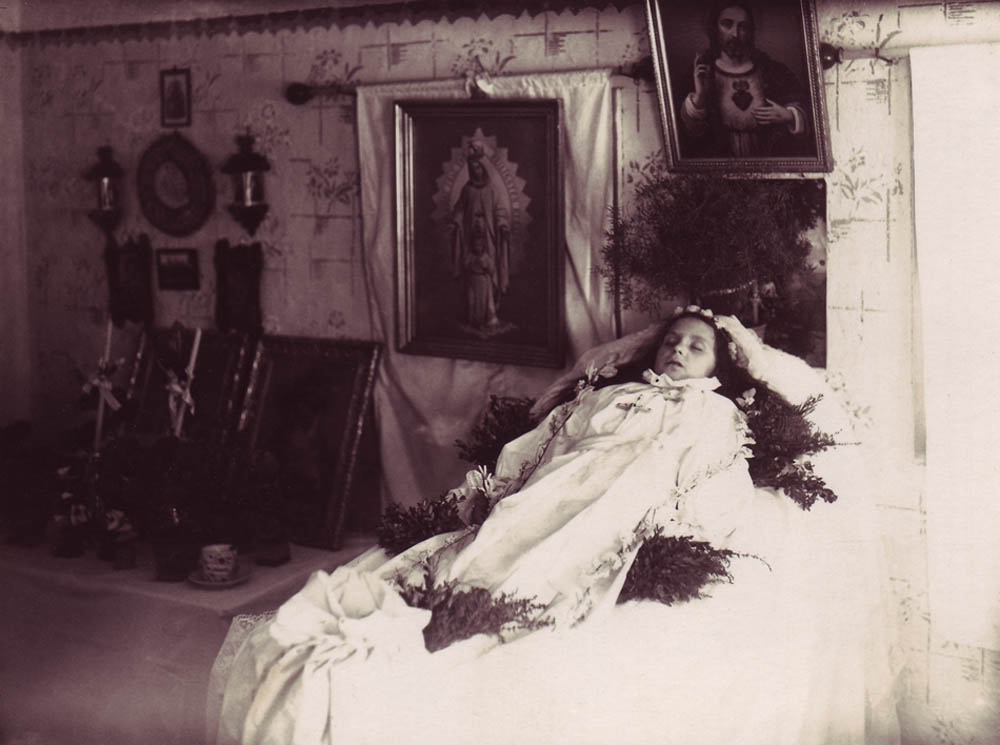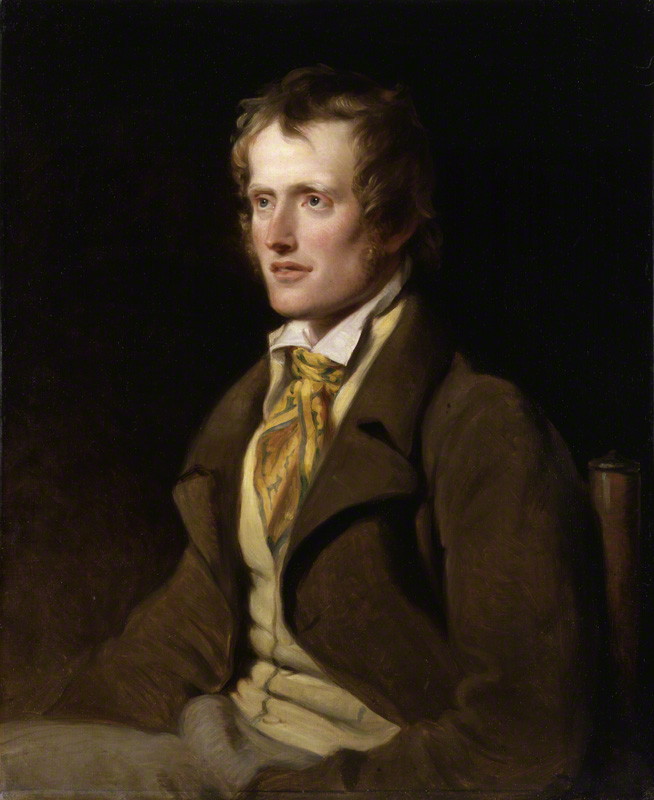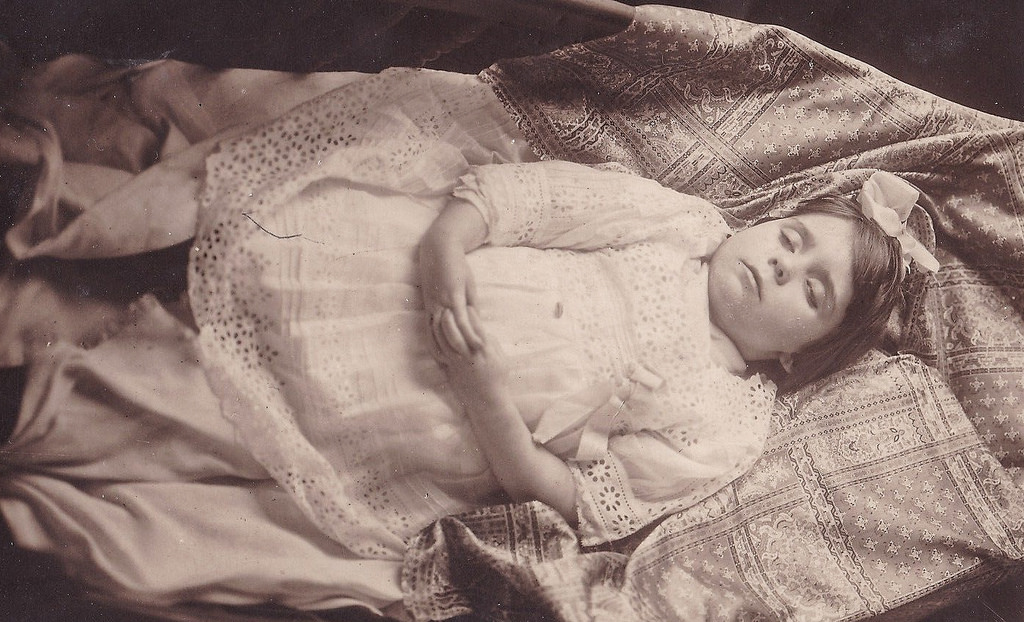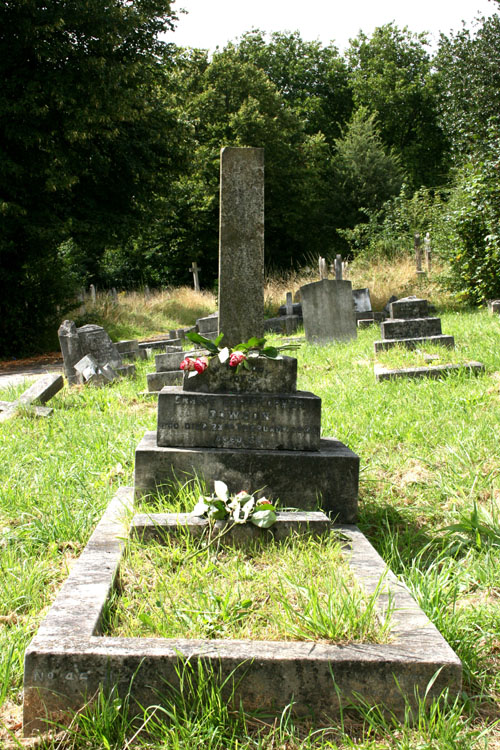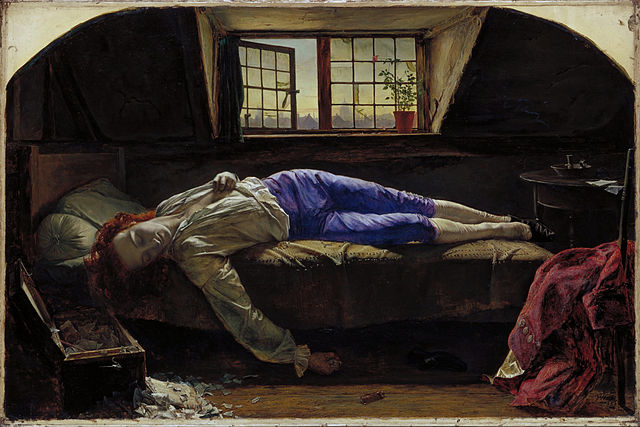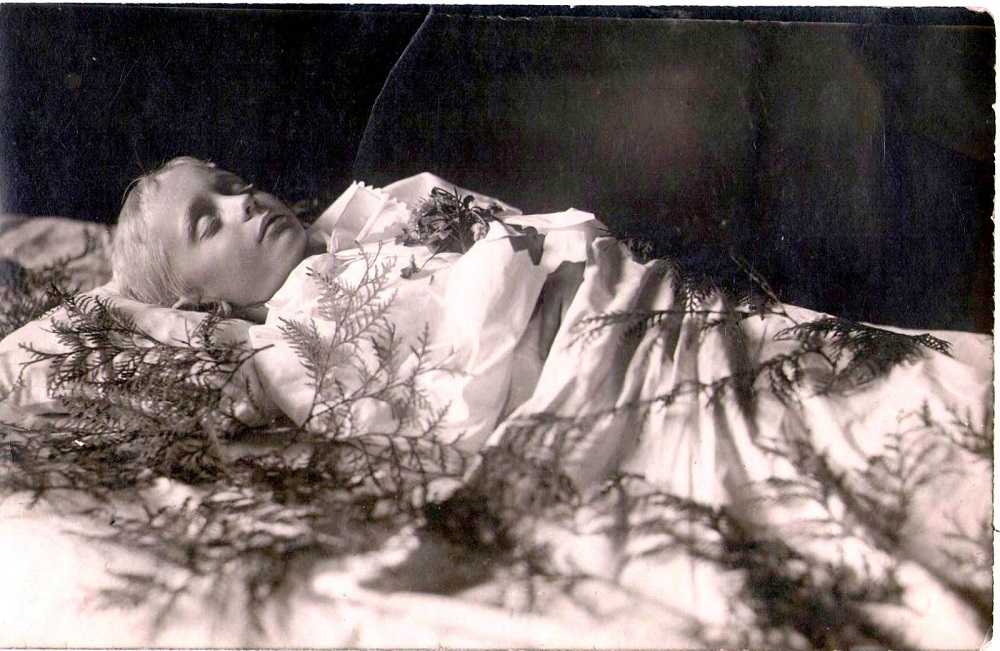
Il y a une semaine, j’ai publié le poèmes « La Reine de Mai » provenant du recueil Le Livre d’Heures de l’Amour (1887), à propos d’une reine de mai appelée Claire, qu’il aimait et qui mourut dans son enfance.
Treize ans plus tôt, en 1874, Aicard avait publié chez Alphonse Lemerre le recueil Poèmes de Provence, qui obtint le Prix Montyon de l’Académie française et fit de lui le poète de cette région. On y trouve un poème assez semblable, consacré à son amour d’enfance, morte trop tôt. CONTINUE READING / CONTINUER LA LECTURE…


